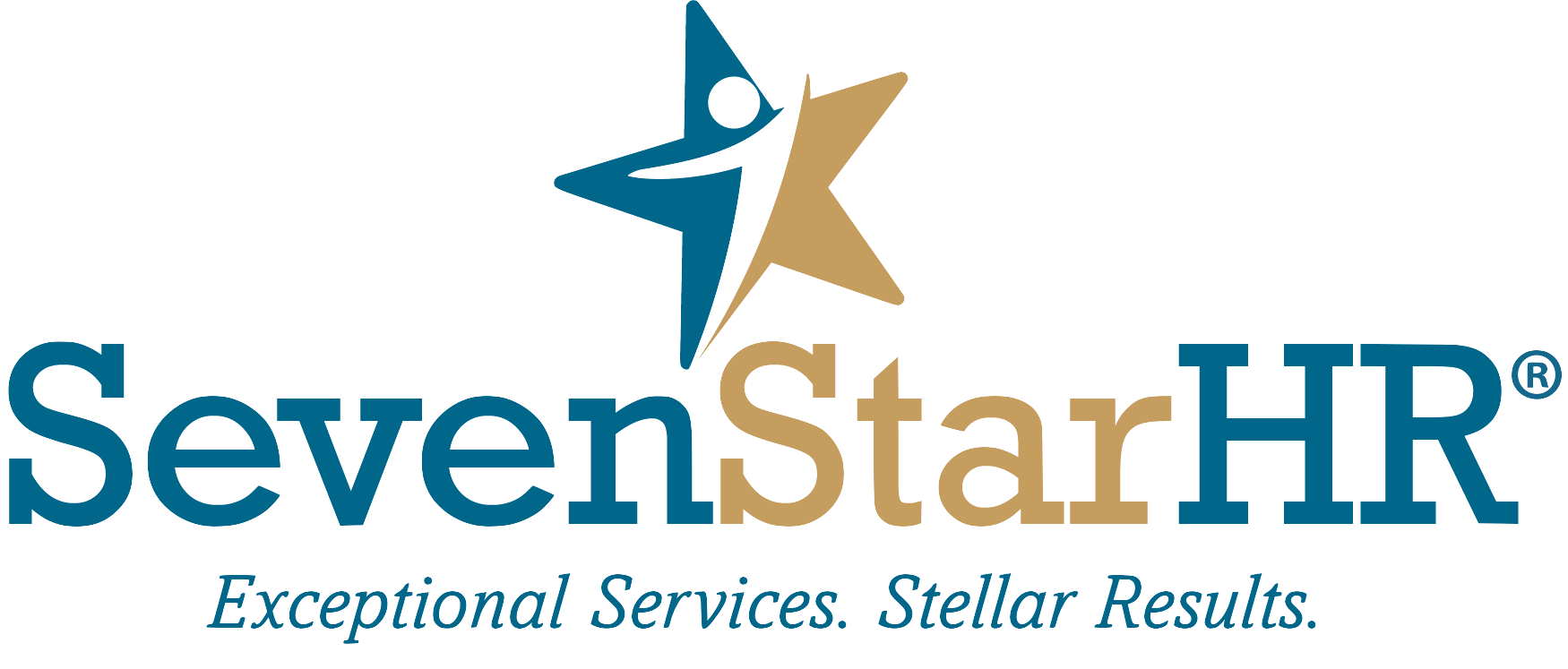A Guide to the 2024 FSA and HSA Contribution Limits
As we embark on the new year, the IRS has unveiled an update for both employees and HR professionals—a revision in contribution limits for Health Savings Accounts (HSAs) and Flexible Spending Accounts (FSAs).
These tax-saving benefits are vital tools for employees to manage their medical expenses efficiently. Staying abreast of these new limits is crucial for HR pros to guide employees in maximizing their benefits. Let's delve into the specifics.
New FSA and HSA Limits:
The IRS has recently disclosed adjustments to contribution limits for 2024, bringing some changes to both FSAs and HSAs.
FSA Limits: For FSAs, the employee contribution cap will undergo a 5% increase, rising from $3,050 to $3,200. Employers have the choice to permit carryovers, and for 2024, the limit is ascending from $610 to $640.
This 5% increase aligns with expectations and is slightly less than the $200 increase observed in 2023.
HSA Limits: In contrast, HSA contribution limits are reaching record highs in 2024. Individuals can now contribute up to $4,150, while families can set aside $8,300. This represents a 7% increase from the 2023 limits of $3,850 and $7,750, respectively. The catch-up contribution limits remain unchanged at $1,000.
Guiding Employees Through Informed Decisions:
To ensure employees make well-informed choices regarding their FSA and HSA contributions, HR professionals can take proactive steps.
Go Beyond the Basics: Open enrollment is the ideal time to ensure employees have a basic understanding of FSA and HSA benefits. However, to empower them fully, it's crucial to highlight lesser-known details. For instance, FSA has a single contribution limit for both individuals and families, unlike HSA.
Continuous Communication: The dialogue about HSA and FSA benefits should not end with open enrollment. Throughout the year, HR can remind employees about utilizing and depleting funds before the year's end.
Diversify Communication Channels: Recognizing the diverse demographics within your workforce is key. Utilize various communication channels such as flyers, on-demand webinars, and email to ensure your message reaches everyone effectively.

